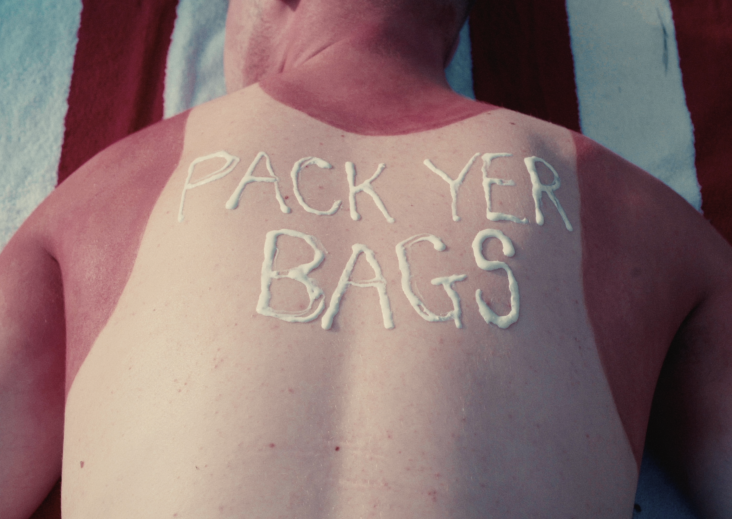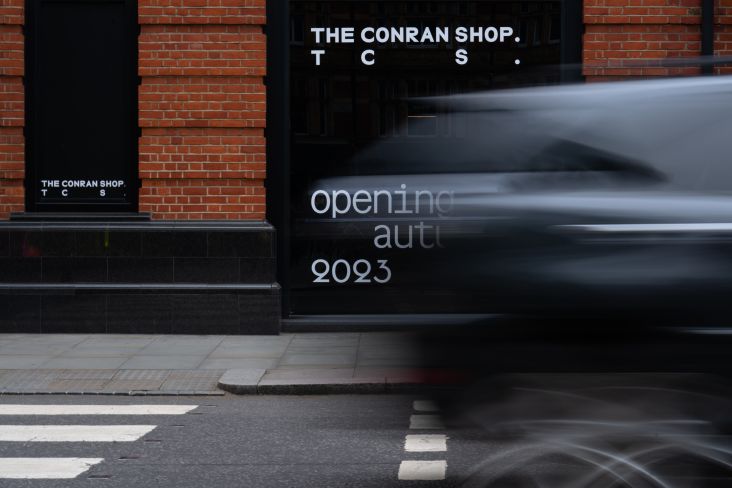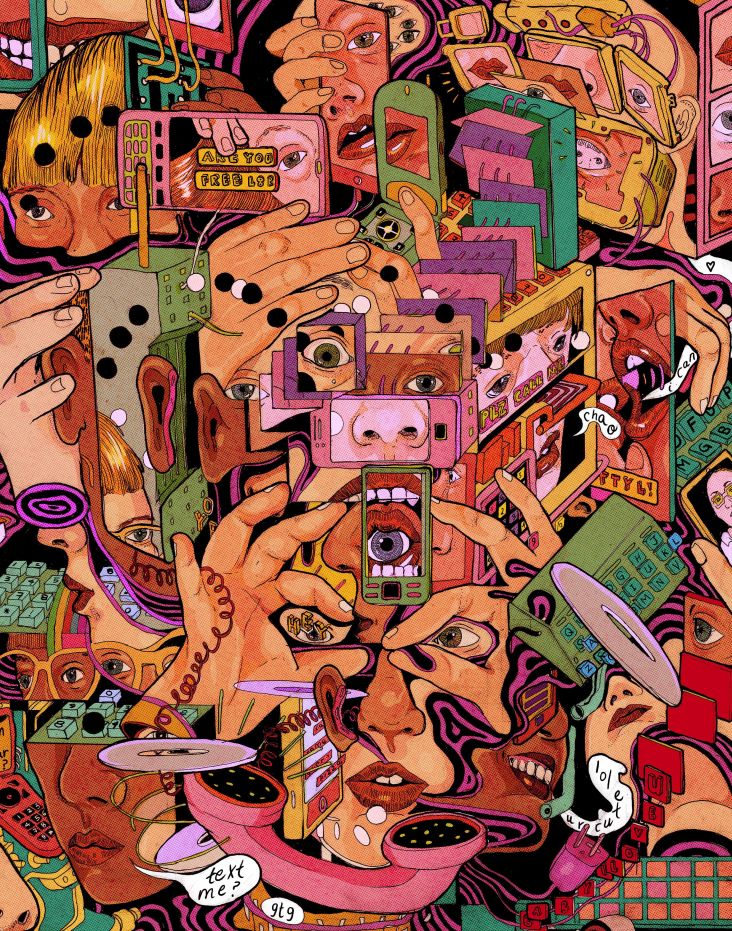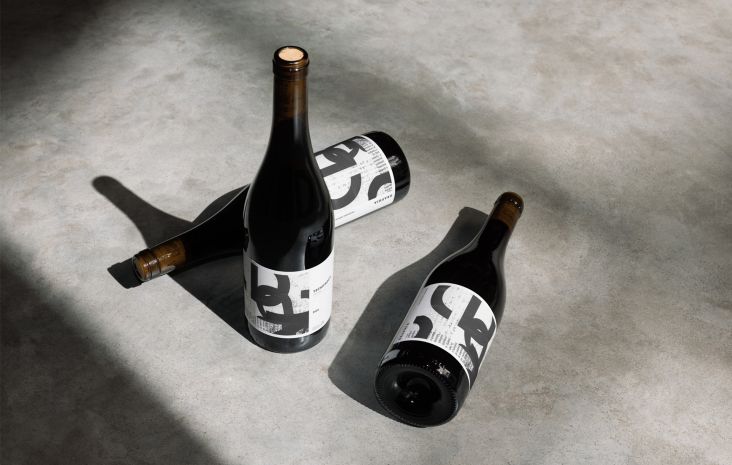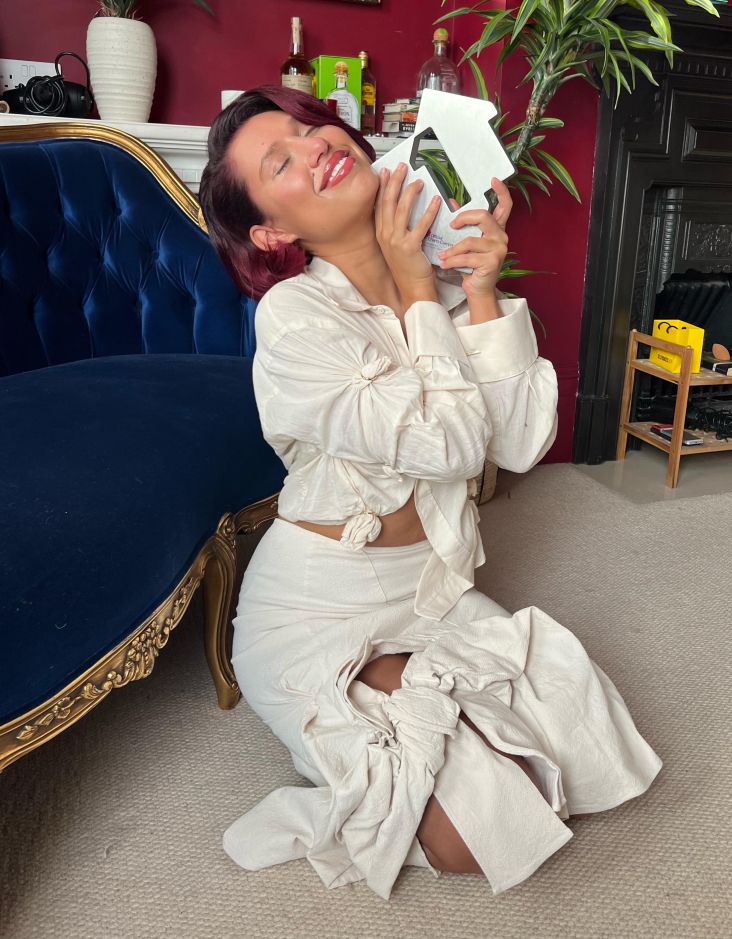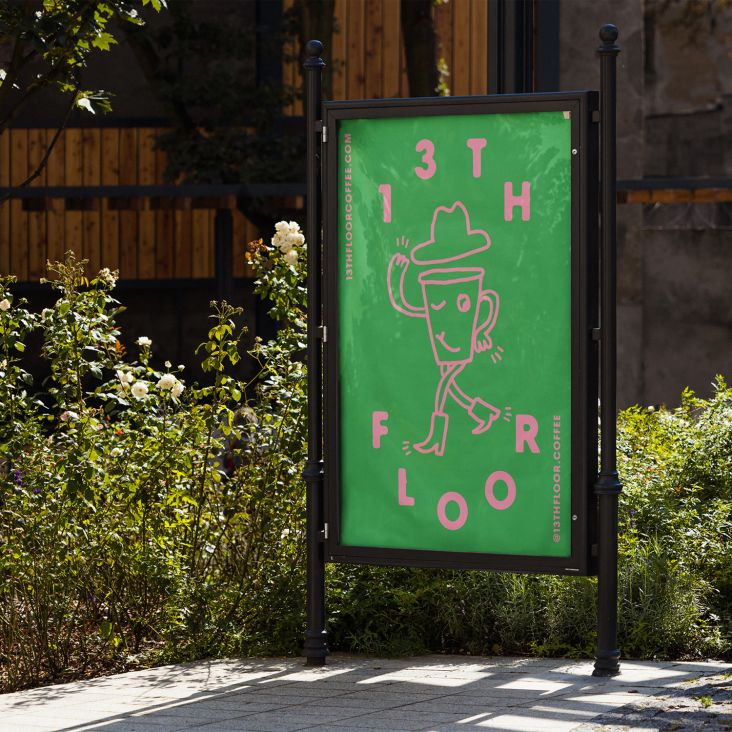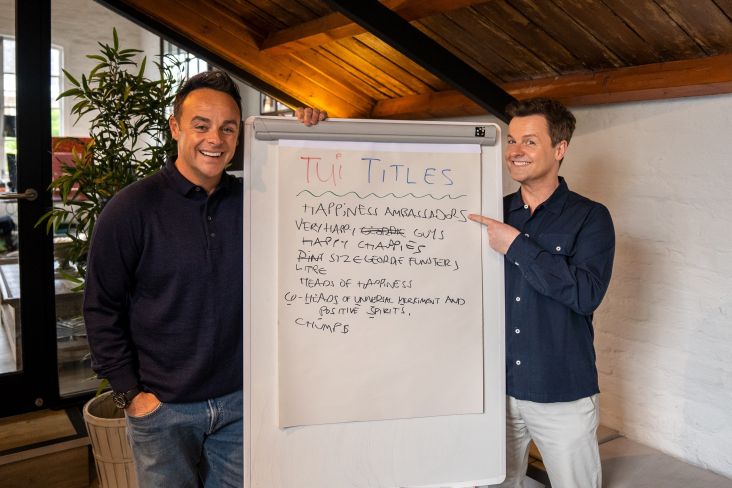Madeleine Penfold on the power of stories and photographing the Women's World Cup
London-based photographer Madeleine Penfold turns her lens towards sporting professionals in order to find the person behind the player. We caught up with her as she embarked on a month-long trip to document the Women's World Cup in Australia.
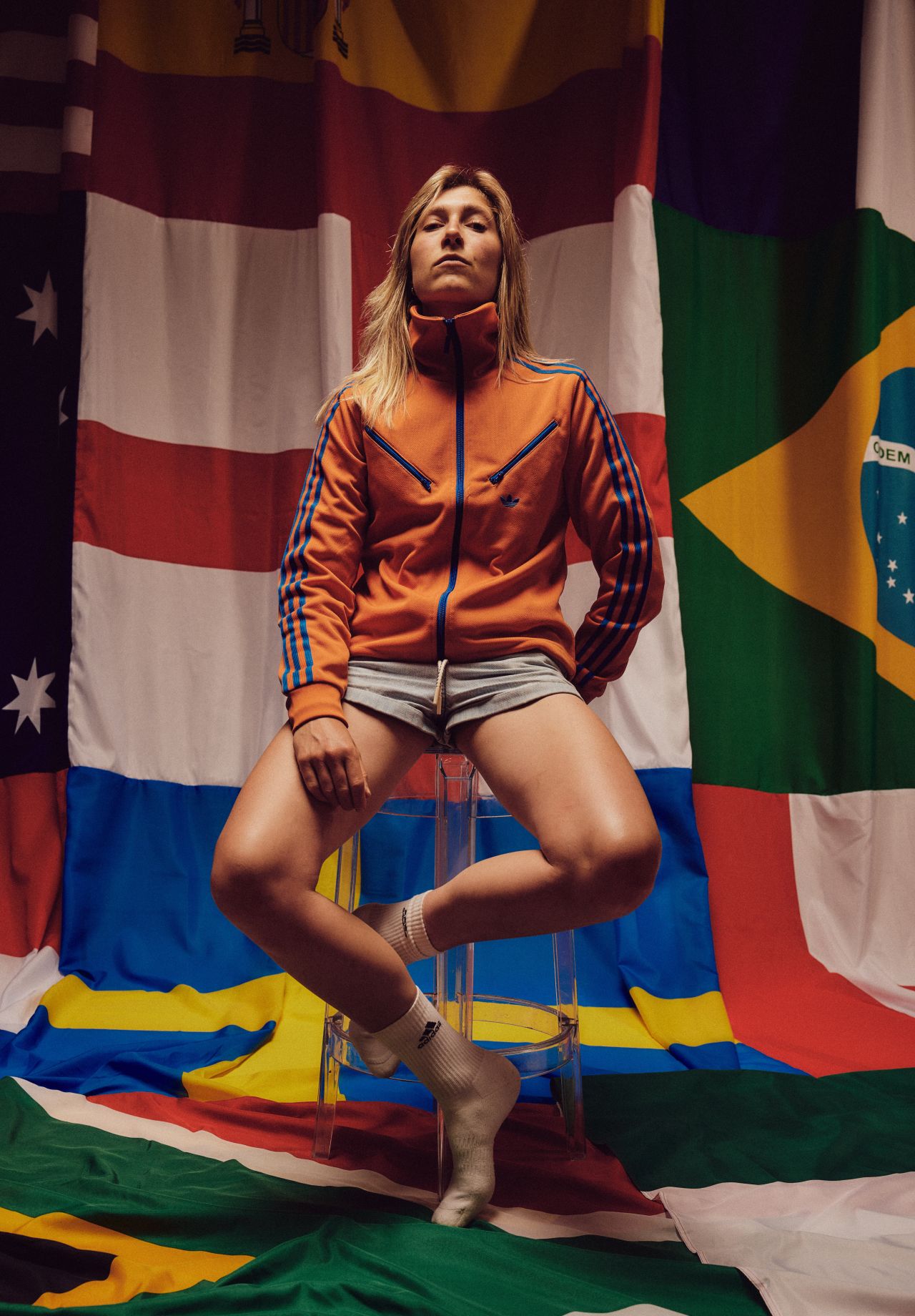
Madeleine Penfold
Stories are at the heart of everything Madeleine Penfold does. Stories of growth. Stories of creativity. Stories of human movement. And all these stories come together in sports, where inspiring stories that encourage change play out on the world stage for all to see.
Having spent years honing her skills all around the world, self-taught photographer Madeleine has a unique voice when it comes to recording stories. "My style is being part of the moment," she explains. "I'm passionate about shining a light on topics that people who may feel like they don't belong can relate to and feel inspired.
"This is because when I was younger, looking at magazines and advertisements, I felt excluded from the images I saw due to the person I was: tomboyish, LGBT and working class. I want to show all areas of life so that impressionable people can take the things I create as inspiration."
And as far as inspirational sporting events go, nothing is bigger than the Women's World Cup, which will kick off in Australia later this month. To learn more about her work and how she intends to document the event, we caught up with Madeleine as she embarks on this rare, month-long project.
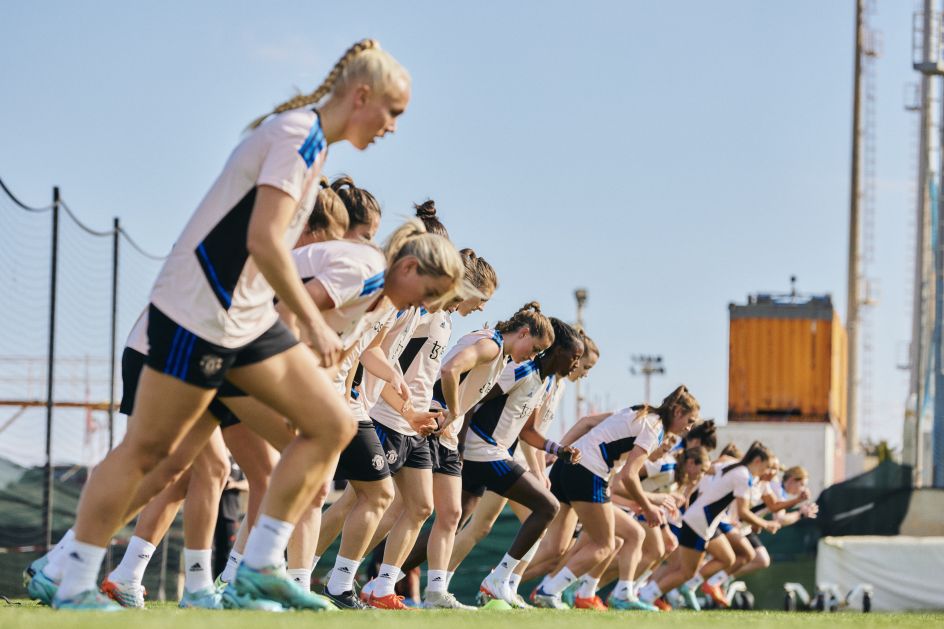
© Madeleine Penfold
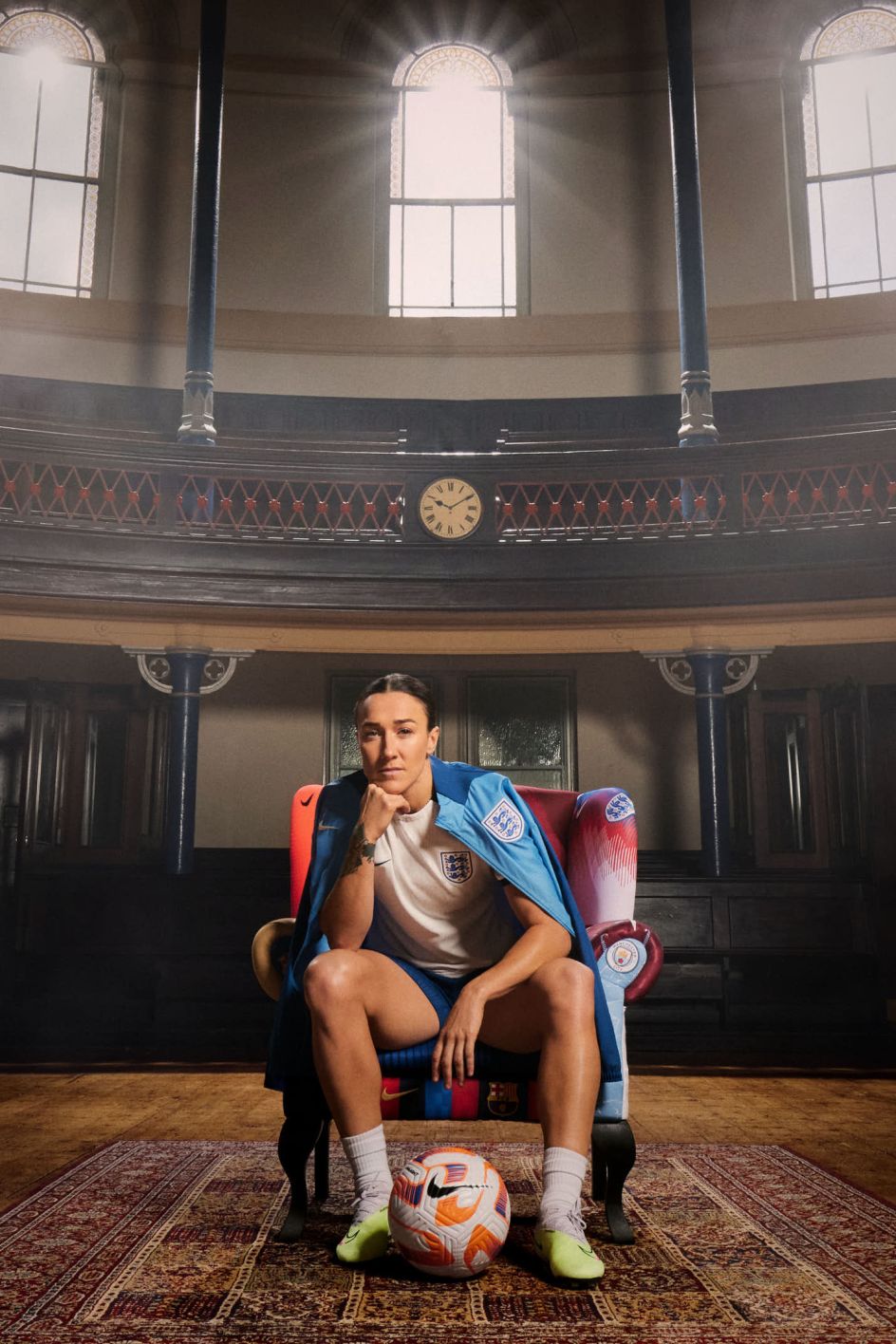
© Madeleine Penfold
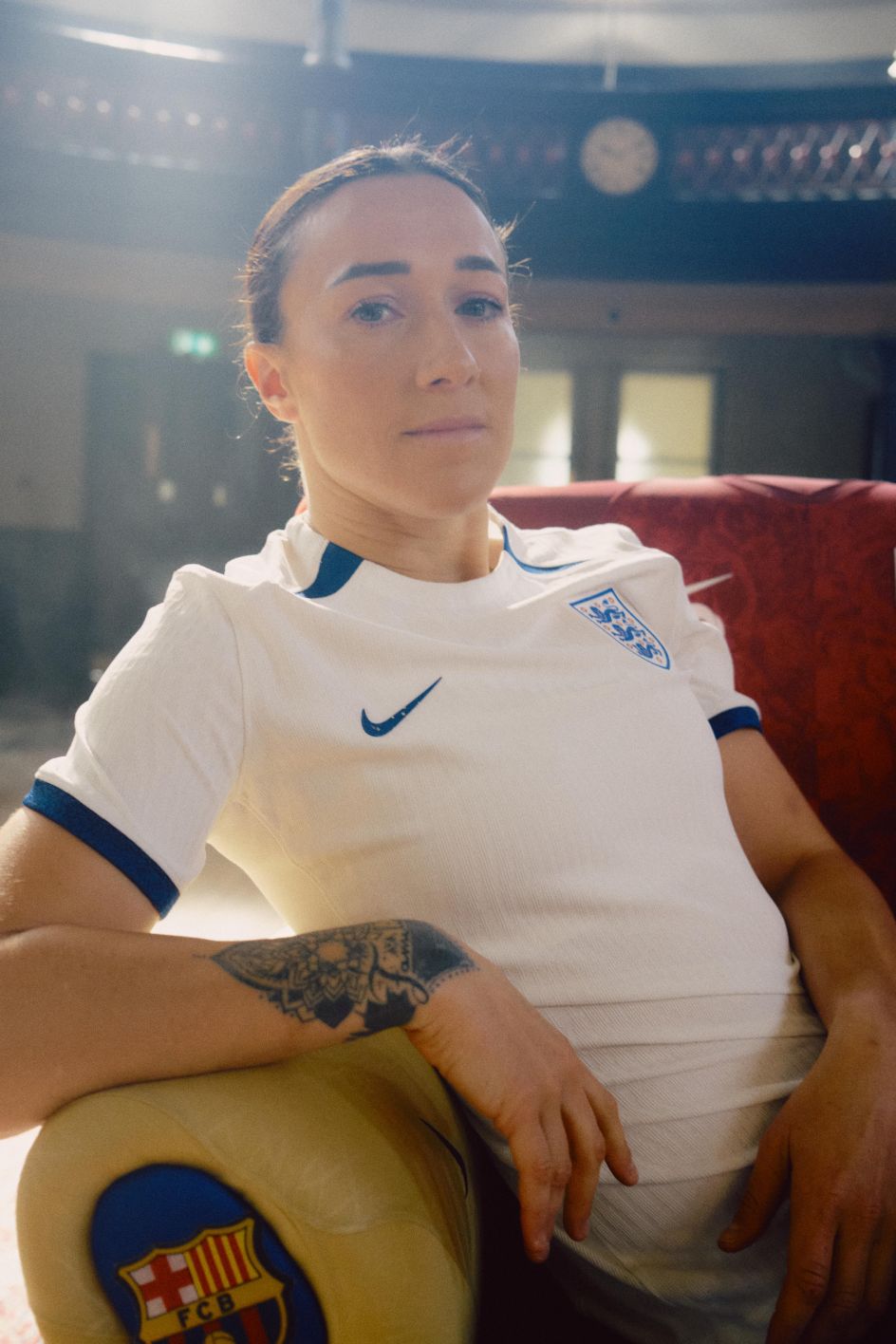
© Madeleine Penfold
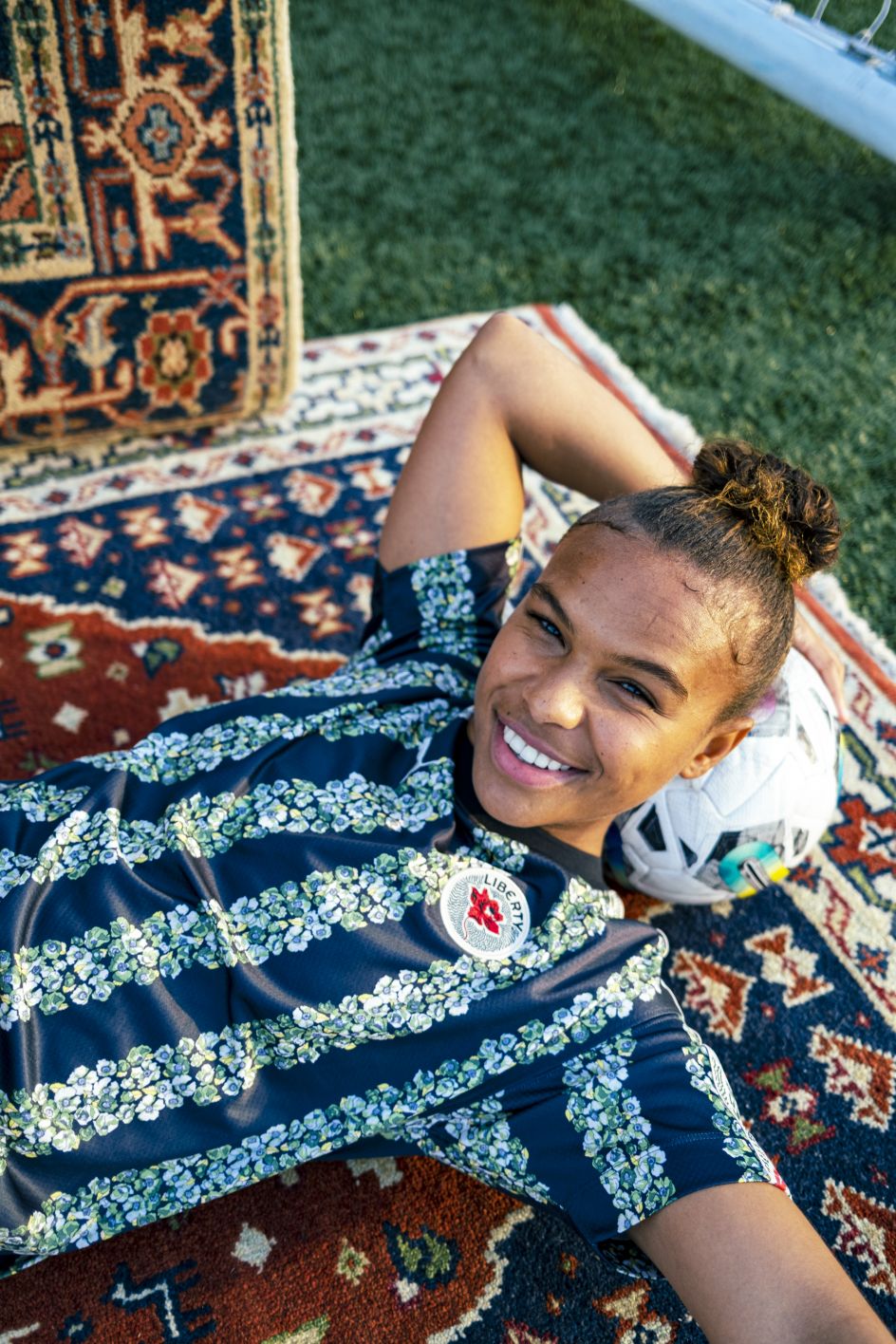
© Madeleine Penfold
How would you describe yourself and your work?
A forever curious person, born and raised in north Manchester, my inspirations growing up were my world around me, a nearby football pitch, rows upon rows of terrace houses, using any camera I could get my hands on as the portal for exploration.
My interests changed to music as I reached my teens when I began photographing and creating images that people wanted to pay me for.
I now work internationally as a photographer, specialising mostly in sports, women's football, inclusivity and storytelling.
I'm a naturally creative person with a desire to change stereotypes and narratives. Forever on the move, my passions lie in storytelling, connecting with my subjects and creating images that feel personal.
Who are your biggest inspirations?
Annie Leibovitz for her photography journey – she grew up on the go, worked as a documentary photographer on the West Coast of the USA, toured with the greatest rock stars of that time and now works creating beautiful imagery of the world's most celebrated people.
Martin Parr for his approach to capturing the weird and wonderful in the every day in a way that you can't look away from.
David LaChapellee for his ability to create works of art that are overwhelmingly fabulous.
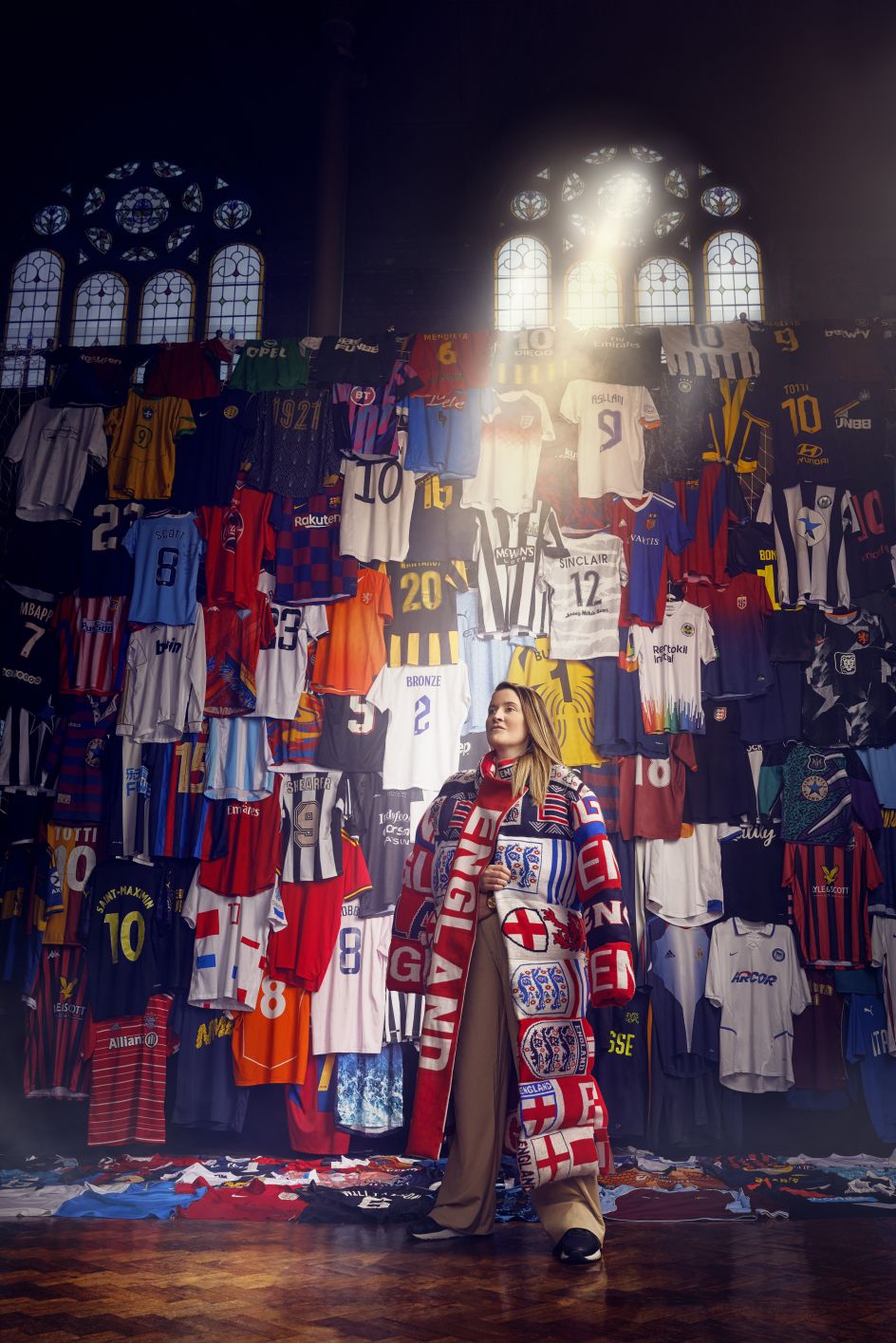
© Madeleine Penfold
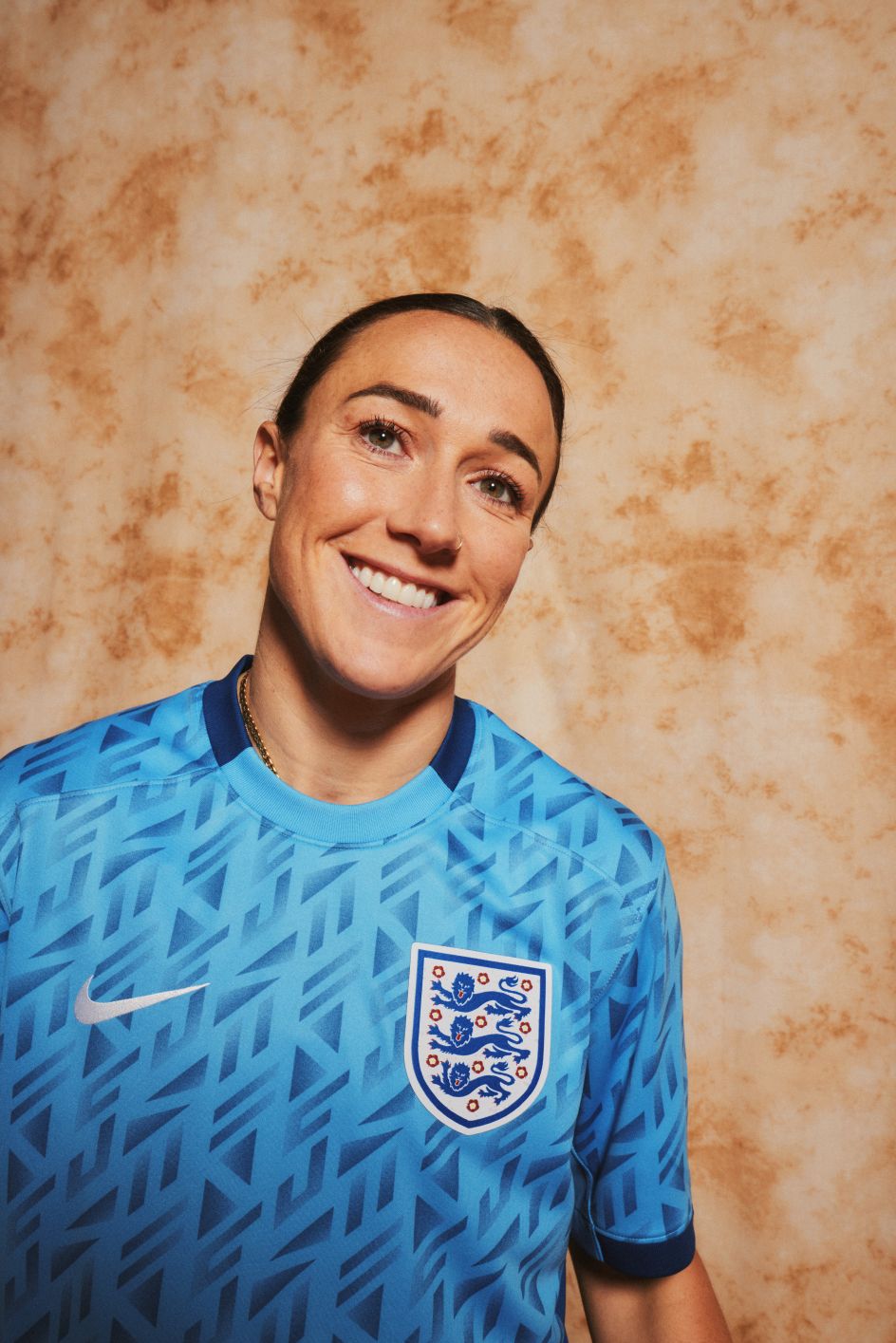
© Madeleine Penfold
How do you think teaching yourself photography has benefited your work?
I was never held back by rules, theories or overthinking as to whether an approach was right. I guess when I first started, it was purely an exploration.
I think the term' ignorance is bliss' could be applied to what I did in my early years – ignorant to the do's and don'ts. It was what felt right, what looked interesting, and what made me or my subjects and client love the imagery. It was a journey of exploring what I found interesting then.
Photography, for me, was and is something intuitive. It was fun, sometimes reckless. It was my escapism rather than a place of study. The self-study means that I learn what's needed at the time. It allowed me to naturally find my own path. To move freely and not critique or compare through studying others. I think it allowed me to just really do me.
Why are people and storytelling so important to your craft?
My work is often of people creating an image or film about a particular person and their journey; it's about what they represent, where they're from, what they stand for and a huge consideration for the purpose of an image – who are we connecting with? This is a story.
Humans learn through stories; we always have done. It'll be remembered if you teach someone something in a storytelling format rather than factually.
Stories also create emotion. If you can create emotion in something and move someone, it impacts that person. It creates a connection. It gives something meaning.
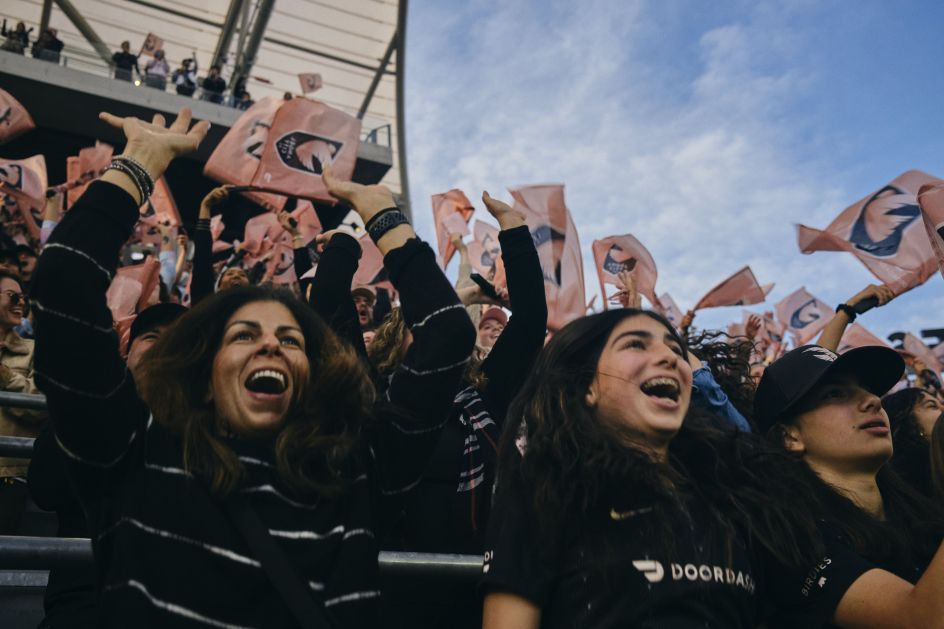
© Madeleine Penfold
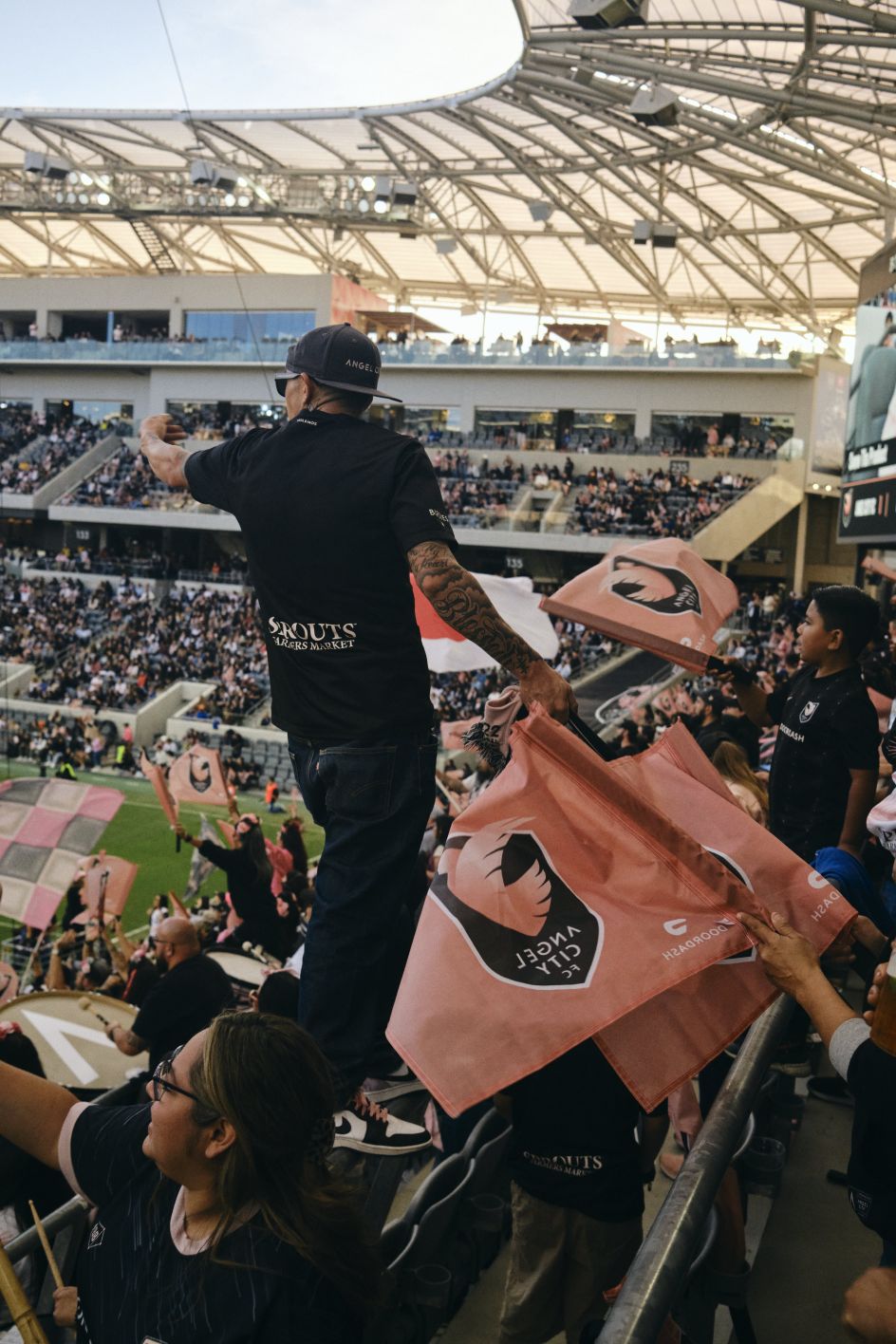
© Madeleine Penfold
You're currently in Australia covering the Women's World Cup. What drew you to this event?
This will be the biggest event in women's football to date. It's not news that women's football is growing, but I feel particularly passionate about this space because it's so much more than football.
Women's football represents equality and progression – it's a group of people who haven't had equal opportunity and are now stepping up and claiming their space for the world to see. Fifty years ago, it was illegal for women to play football.
Now, it's a very different landscape, and the speed of the progression is immense. It's a space where sports, culture, fashion, relationships, friends and family are mixed into one – it ticks all the boxes of things I find interesting.
And the diversity of fans we see at the games is getting broader. It almost seems like the opposite to the fans of the men's games. It feels like a safe space.
So far, I've been throughout the UK, the USA and Europe to follow football games and work commercially. I have never been to Australia. It'll be interesting to see what there is to learn here. To be on the other side of the world for one month means I can completely lose myself in this one thing. It's one focus.
As a professional creative, I think it's rare that we get to focus on one project for a prolonged period without other things coming in or being interrupted. It'll be interesting to see how it feels to be in a whole new landscape and capture it without the pressures of working to a brief. It's like freedom. Entering into a flow state and going deep into one project. Back to my earliest years of photography which felt completely exploratory.
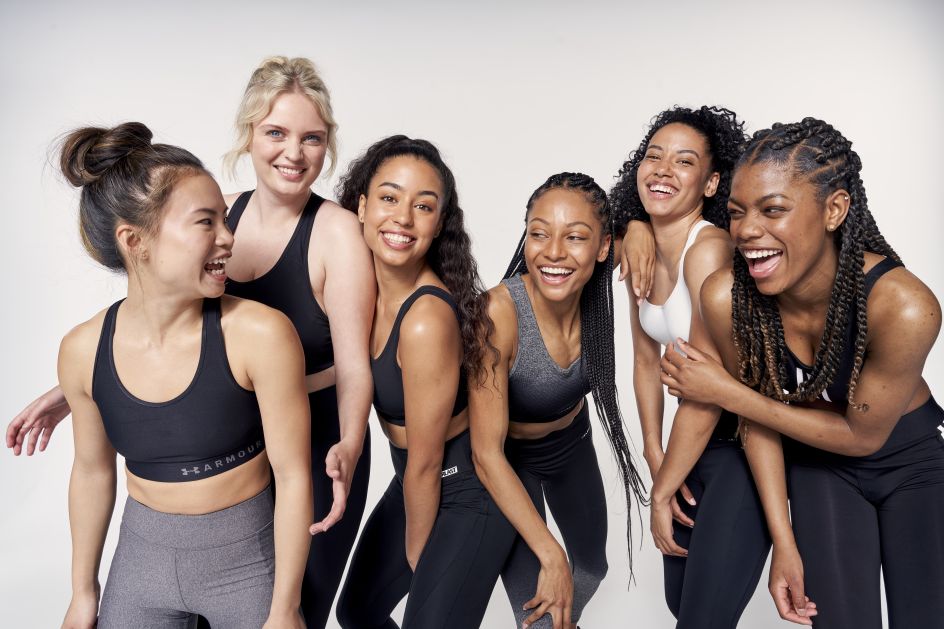
© Madeleine Penfold
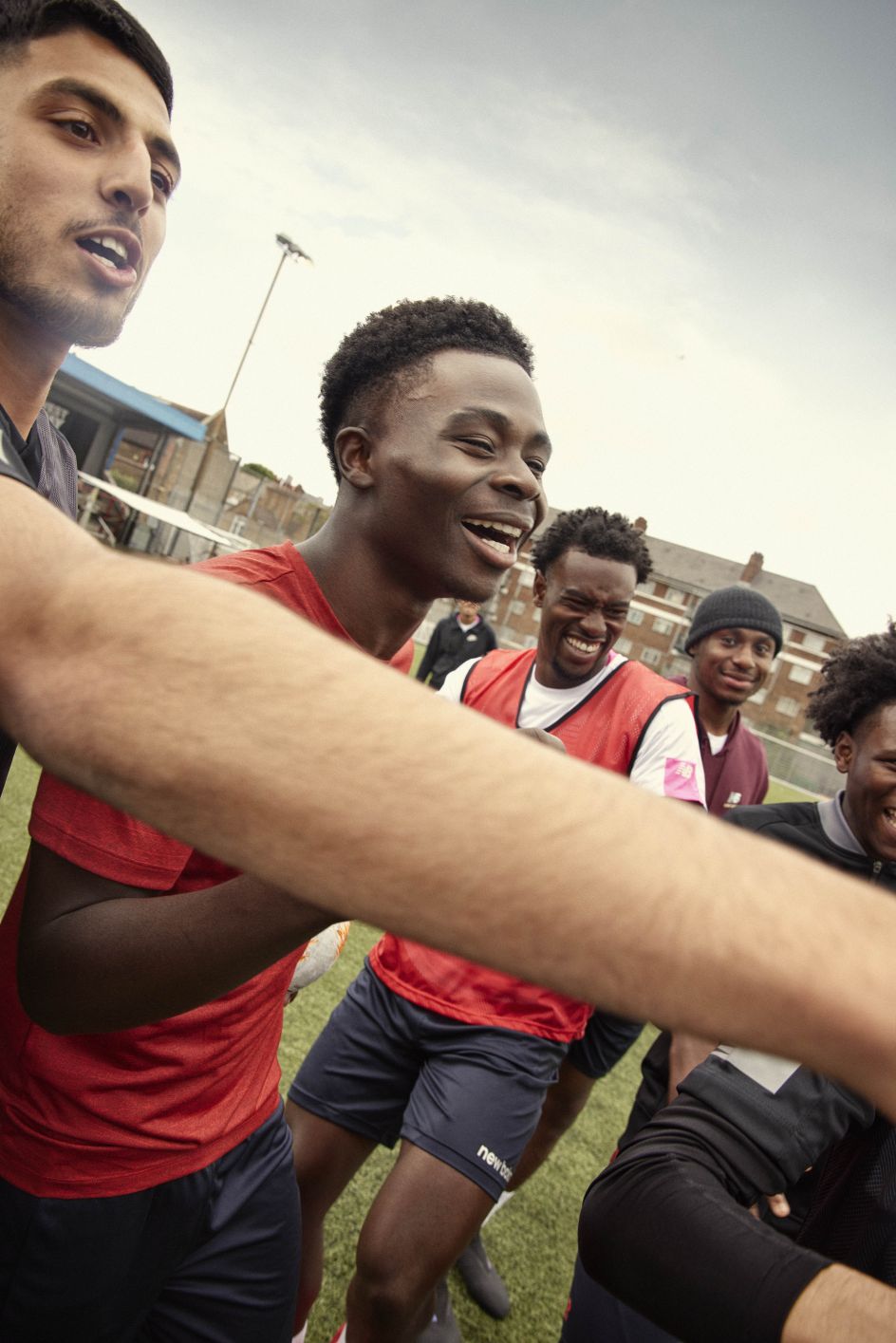
© Madeleine Penfold
Women's football is starting to get more attention in England. But why is it time for everyone to pay attention to it?
The game itself is going from strength to strength. The sport has role models that elevate other women and improve society for girls and women from all walks of life. The cultural relevance, the community, the coming together of people to support one another
How do you photograph the players? Is it different to how you photograph men?
Preparation. Being in a good head space, personally. Having good energy on the set comes down to the crew I work with. Being open to the possibility that anything can happen.
In response to the difference between men and women – honestly, in the beginning, it was a whole different process. Still, that gap is closing as the profile of the women's game gets bigger, the more confident the talent gets, and the more commissioners take it seriously.
When I work with the men's team, their confidence is there. When I started working around the women's game, the attention to confidence wasn't on the same level as the men, which is normal. It's a new area.
But now, the girls are confident. I'm confident. It's incredible to see, and it's getting better. The women are interested in their look, the progression of the game, and what they stand for. As a photographer, it's incredible when talent spends time reviewing images with you. You really get a sense of what they like, which is incredibly personal to them. If I can spend this time with talent, the work gets better.
Now I don't like to treat a shoot differently based on whether it's men's or women's football; instead, I approach each shoot based on that individual – it doesn't matter if it's a player from Chelsea men's or Chelsea women's. The focus is on that individual talent. It gets the exact same respect, regardless of gender. No expectations or assumptions. I get a lot more from working in the women's game.
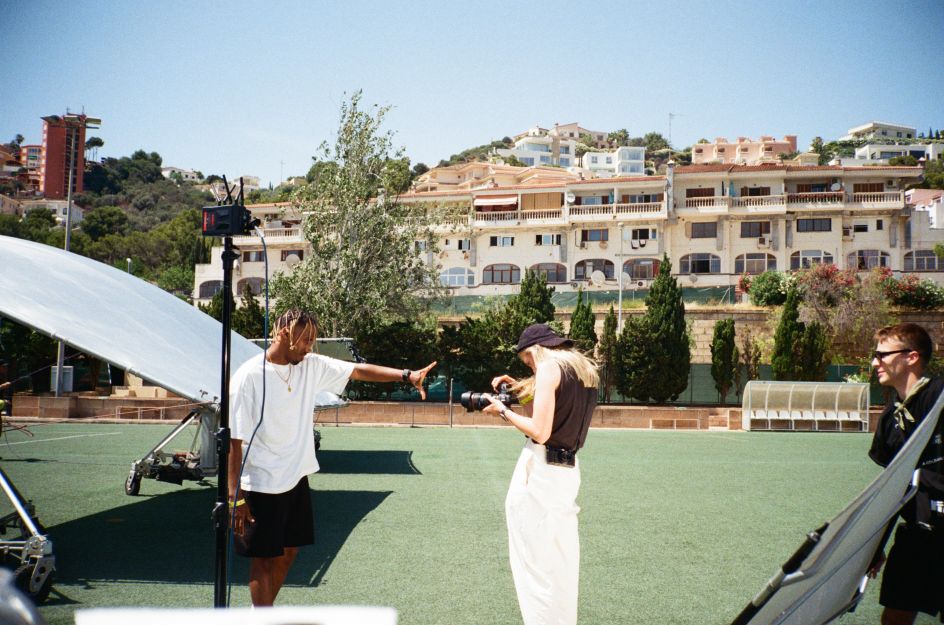
Madeleine Penfold
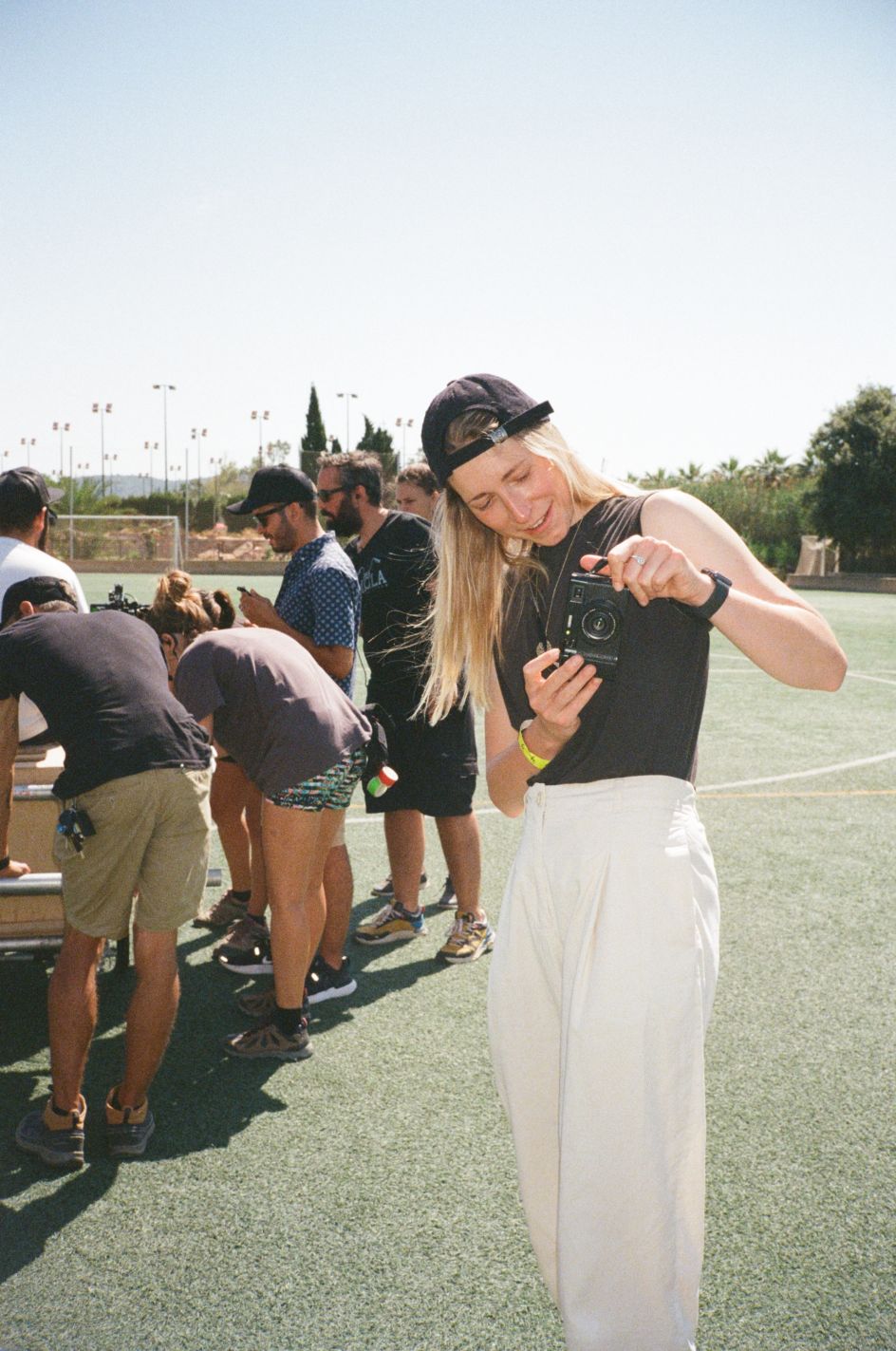
Madeleine Penfold
What have you learned by photographing the players?
They're professional athletes who are at the top of their game. They're focused on a level above and beyond 'normal' people.
When I chat with them, most are so friendly and open. It's easy to forget what they do and who they are, but then you see them on the pitch and realise how outstanding they are as someone who has pushed themselves to an athletic ability.
Another big lesson is that each player is different. Even the same player can be different on different days. Just like ourselves, moods, experiences, and energy levels fluctuate. I don't know what's happening in their life or their training unless they've chosen to share that with me.
As the photographer, my job is to sense where they're at as quickly as possible and do what I must to bring out whatever is needed for that particular brief. It's about respect, getting what we need, and trying to have a great time doing it.




 by Tüpokompanii](https://www.creativeboom.com/upload/articles/58/58684538770fb5b428dc1882f7a732f153500153_732.jpg)


 using <a href="https://www.ohnotype.co/fonts/obviously" target="_blank">Obviously</a> by Oh No Type Co., Art Director, Brand & Creative—Spotify](https://www.creativeboom.com/upload/articles/6e/6ed31eddc26fa563f213fc76d6993dab9231ffe4_732.jpg)
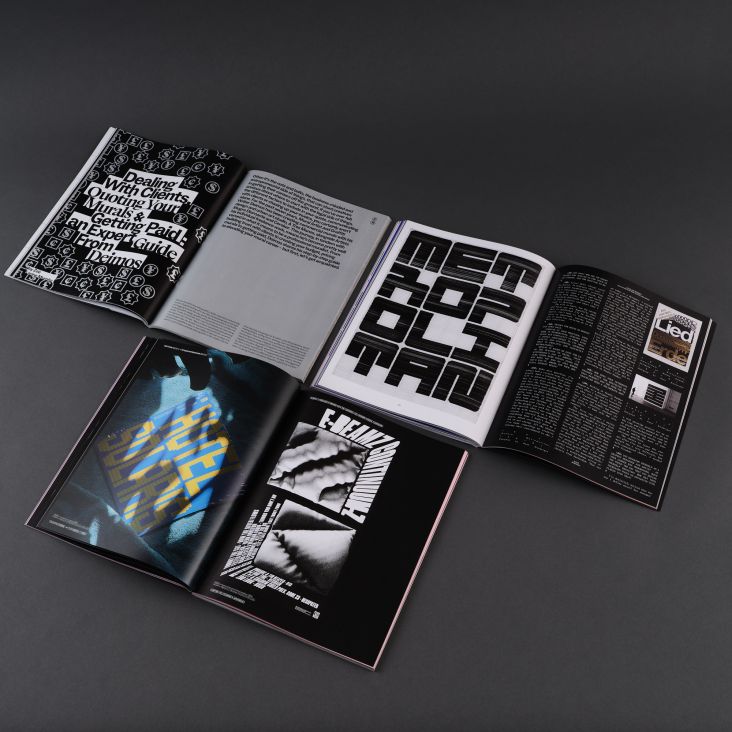

 by BBH London redesigns its logo with fresh food](https://www.creativeboom.com/upload/articles/de/de1d5fe87db72e496c622165f9196b52d1fef83d_732.jpg)




